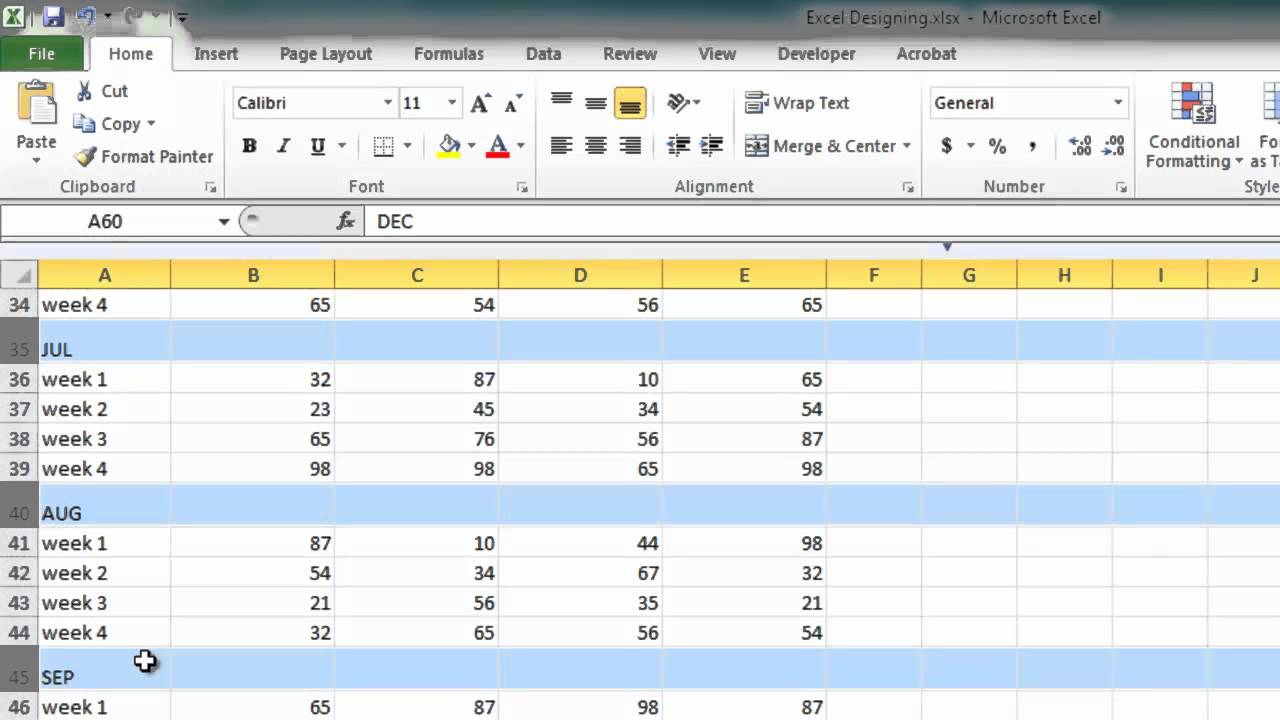5 Simple Steps to Create an Excel 2007 Log Sheet

In today's fast-paced business environment, keeping track of various activities, tasks, and data entries is crucial. Microsoft Excel 2007, with its robust features, provides an excellent platform for creating an organized and functional log sheet. In this detailed guide, we'll walk through how to craft an Excel 2007 log sheet in just five simple steps. This tutorial will not only teach you how to make a basic log but will also offer tips for enhancing your log sheet's functionality.
Step 1: Setting Up the Spreadsheet


Begin by opening Excel 2007. Here’s what you need to do:
- Click on the “New” button to create a new workbook or simply press Ctrl+N.
- Give your workbook a meaningful name by clicking “File” > “Save As” and choosing a name that reflects its purpose. For example, “Project X Log Sheet” or “Daily Activity Log”.
- On the first worksheet, select the cell in which you want to start your log.
Step 2: Designing Your Log Sheet’s Structure

Now, it’s time to create the structure of your log sheet. Consider the following:
- Columns: Decide what data you want to capture. Common columns for a log sheet might include:
- Date
- Time
- Description
- Responsible Person
- Status/Notes
Enter these column headers into the first row of your spreadsheet:
| Date | Time | Description | Responsible | Notes |
|---|---|---|---|---|
| [Data Entry Here] | [Data Entry Here] | [Data Entry Here] | [Data Entry Here] | [Data Entry Here] |

👉 Note: You can always modify these headers as needed, adding or removing columns based on the specific requirements of your log.
Step 3: Formatting the Log Sheet

Formatting your Excel log sheet enhances readability and helps in data entry. Here are some tips:
- Header Row: Use bold text, different font color, or apply fill color to distinguish the header row from the rest of the data.
- Freeze Panes: Click on the “View” tab and select “Freeze Panes” to keep your headers visible as you scroll down.
- Select the cell immediately below your header row (e.g., A2).
- Choose “Freeze Top Row” if you want only the top row to remain fixed, or “Freeze Panes” to freeze both the top row and the left column.
- Cell Formatting: Adjust the width of columns to accommodate text, use wrap text for long entries, and apply borders to define cells clearly.
Step 4: Data Validation and Protection

Ensure data integrity with these steps:
- Data Validation:
- Select the cells where you want to apply validation (e.g., the date or status column).
- Go to “Data” > “Data Validation”.
- Set criteria like dates, list of predefined statuses, etc., to prevent incorrect data entries.
- Protection: If you want to protect certain parts of your log from accidental edits:
- Select the cells or entire sheet.
- Go to “Review” > “Protect Sheet”.
- Allow appropriate permissions for entering new data while locking other parts.
👉 Note: Remember to regularly backup your log sheet to prevent data loss.
Step 5: Adding Functionality with Formulas and Conditional Formatting

To make your log sheet dynamic and informative:
- Formulas:
- For tracking progress or totals, use SUM, COUNT, or AVERAGE.
- Create automatic entry dates using the TODAY() function.
- Conditional Formatting:
- Select your data range.
- Go to “Home” > “Conditional Formatting” to highlight rows or cells based on rules (e.g., overdue tasks turn red).
This finalizes your Excel 2007 log sheet setup. Here's a summary of the key points:
- Begin with a clear, well-organized structure.
- Enhance with formatting for better readability.
- Utilize data validation and sheet protection for accuracy and security.
- Make it dynamic with formulas and conditional formatting.
In wrapping up this guide, remember that your log sheet in Excel 2007 can be as simple or as complex as your needs require. Whether you're managing a personal journal or a professional log, these steps provide a foundation that can be expanded upon with further Excel functionalities to suit any tracking or documentation needs.
Can I share this log sheet with others?

+
Yes, Excel 2007 allows you to share your log sheet through various methods like email, network sharing, or by saving the file in a shared location. You can also consider using Excel Online for cloud-based sharing.
How can I update the log sheet remotely?

+
If your spreadsheet is stored online or on a shared drive, you or others can update the log from any device with Excel installed or through Excel Online, ensuring all edits are synchronized.
What if I want to add more columns or change the layout?

+
Excel is flexible; you can insert new columns, delete existing ones, or rearrange the layout as needed. However, if your sheet is protected, you’ll need to unprotect it first to make changes.